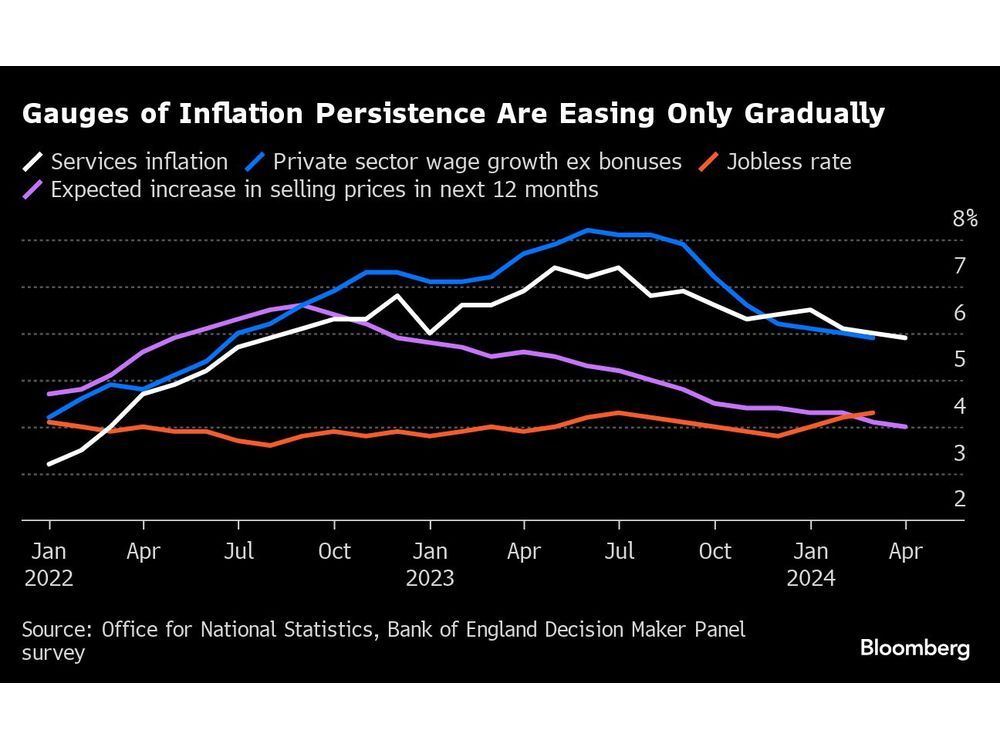Follow us on LinkedIn
Net Present Value (NPV) is a financial measure that assesses the profitability of an investment by comparing future expected cash flows to initial costs. A positive NPV indicates potential profitability, while a negative NPV suggests the investment might not be worthwhile. Sometimes, companies may decide between various projects based on their NPVs. In those cases, considering the crossover rate might be crucial.
What is the Crossover Rate?
The crossover rate in finance and capital budgeting refers to the discount rate at which the NPVs of two investment projects become equal or “crossover.” In other words, it’s the rate of return at which the costs and benefits of two projects balance, making them equally attractive from a financial perspective.
When evaluating investment projects, the crossover rate helps determine the point at which one project becomes more financially favourable than the other. It’s a critical tool for decision-making, especially when comparing mutually exclusive projects with different cash flow patterns and initial investment costs. The project with the higher NPV at the calculated crossover rate is generally considered the more desirable investment option.
How to calculate the Crossover Rate?
The calculation for the crossover rate occurs in various stages. Companies must calculate the cash flows from several investment projects. Based on those cash flows, they must calculate the NPV for each option. They can use the following formula to calculate the NRV.
NPV = Σ [CFt / (1 + r)^t]
Where:
- CFt = Cash flow at the time ‘t’
- r = Discount rate
- t = Time
Once calculated, companies must compare the NPV with the available options. Usually, they can use graphical tools to plot out the discount rates and NPVs on an x-axis and y-axis graph. The intersection points between the two NPV lines represent the crossover rate. Alternatively, companies can use approximation techniques to estimate this rate.
What is the formula for Crossover Rate?
Companies can also use a formula for the crossover rate. Although it might not be as accurate, it can still provide a close estimate of this rate. Essentially, this formula calculates the NPV for two or more projects at various discount rates. The crossover rate will be the rate of return at which both NPVs are the same. Therefore, the formula for the crossover rate would be as follows.
NPVa = NPVb
Where:
- NPVx represents the NPV for project x.
As mentioned above, companies can use the following formula to calculate those NPVs.
NPV = Σ [CFt / (1 + r)^t]
Why is the Crossover Rate important?
The crossover rate holds significant importance in capital budgeting and investment decision-making due to its ability to illuminate the point at which two distinct investment projects become equally financially viable. In project evaluation, where companies must choose between competing investment opportunities, the crossover rate helps pinpoint the exact discount rate at which the net present values of these projects intersect.
The crossover rate serves as a critical tool for determining the threshold beyond which one project surpasses the other in terms of profitability. By identifying this equilibrium, decision-makers gain insight into the sensitivity of project outcomes to variations in discount rates, thereby aiding in strategic resource allocation. Similarly, it empowers businesses to conduct thorough comparative analyses of investment options with different cash flow patterns and durations.
Conclusion
NPV represents the returns a company may expect from a project after accounting for the present value of cash flows from it. When comparing various projects, companies must also establish the crossover rate. This rate represents the discount rate at which the NPV for different projects is equal. It is a critical decision-making tool in finance.
Further questions
What's your question? Ask it in the discussion forum
Have an answer to the questions below? Post it here or in the forum





Prime Minister Keir Starmer’s promise to “get Britain building again” will quickly face a shortage of skilled workers in the very industries he’s hoping will power the turnaround.